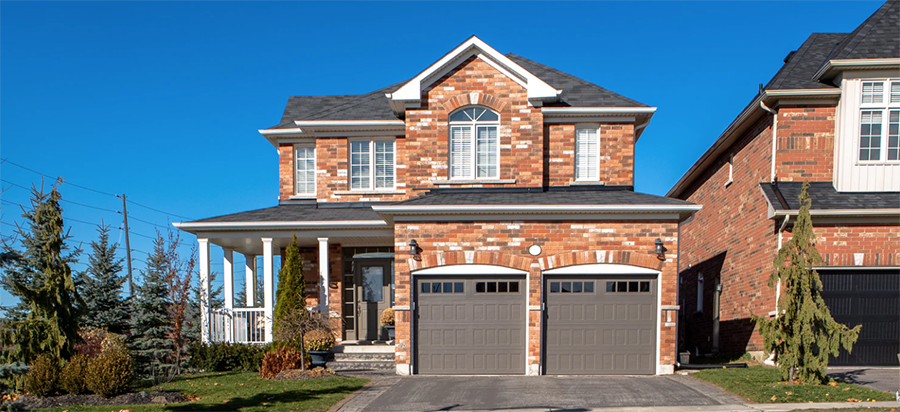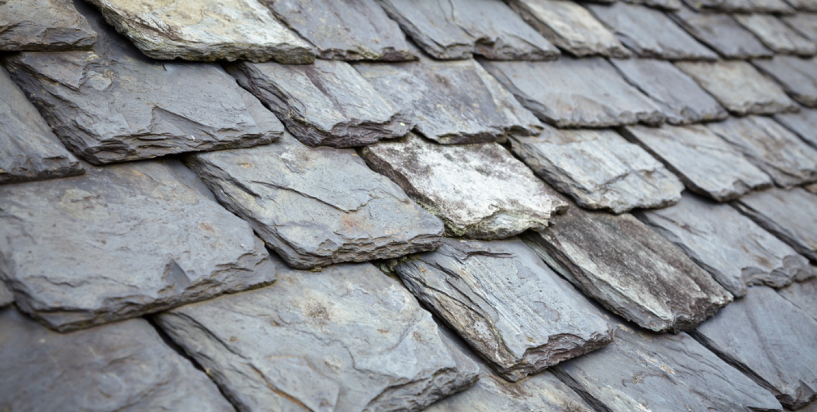September 16, 2021 in Roofing, Underlayment
Synthetic or Felt? A Simple Guide to Choosing the Right Roof Underlayment
Choosing your roof is complicated enough; architectural shingles or slate? Brown, black, gray, tan, or red? While your mind is spinning from the number of options in front of you, your contractor wants to discuss something else: synthetic underlayment, or felt underlayment?
You’ve seen roofing underlayment before, and maybe even called it roofing tar paper or roll roofing. You probably never knew there were two types of underlayment, and you probably have no idea which to choose.
Here’s a simple guide to roofing underlayment to take away the mystery so you can get back to focusing on the important stuff…like adding a skylight while you’re getting your roof done.
What is Roof Underlayment, and Why is it Important?
Roofing underlayment is placed over the bare plywood (or OSB) deck just prior to placing your shingles. Its purpose is to add another protective layer to your roof for increased weather resistance to rain, ice, or snow. Without underlayment, you risk water soaking into the roof deck and causing serious issues including leaks, rot, mold, and mildew.
Underlayment adds another layer of insulation, creates a seal around flashing, gives roofers a more even surface to lay your shingles, and even acts as a sound barrier.
There are two primary types of roofing underlayment: felt underlayment and synthetic underlayment.
Felt Underlayment: Pros and Cons
Many homes have asphalt-saturated felt as an underlayment. Felt underlayments are thicker and heavier than synthetic, making them harder to work with. It’s a good choice for a tight budget, however, and has a relatively quick installation time.
Pros of Felt Underlayment
By far, the best reason to choose felt underlayment is its lower cost vs synthetic underlayment. Additionally, it is water resistant and readily available at most roofing supply companies, making it easy for a contractor to get.
Cons of Felt Underlayment
Felt underlayment has its downsides, though. It isn’t as durable as synthetic and is prone to tearing during installation. It’s absorbability means it can soak up water and wrinkle, which makes shingle installation harder. On the flip side, if the felt is left in the sun or heat it can dry and lose its efficacy as an underlayment. It’s recommended that shingles be placed immediately after the felt is laid to avoid damage to the underlayment material.
The thickness and weight of the felt make it harder to work with, including difficulties when roofers need to drag it up the ladder. The weight also means that the rolls of material are smaller, so there is a potential to have more seams when it’s installed.
Finally, ff shingles are lost, the felt underlayment offers less weather-proofing and water resistance to the deck below it.
Felt underlayment may be a good choice if you’re on a limited budget and can guarantee that the shingles will be placed immediately after the material has been placed on the roof deck.
Synthetic Underlayment: Pros and Cons
A popular alternative to felt, synthetic underlayment is made from long-lasting polymers, which add to its durability both during the installation process and throughout the life of your roof. It adds better weather protection to the roof deck than felt, but it is a more costly option.
Pros of Synthetic Underlayment
Synthetic underlayment is more durable and lightweight than felt, making it far easier to work with. Lighter than felt, synthetic underlayment comes in larger rolls and is easier to maneuver. Larger rolls also means more complete coverage with fewer seams.
Since synthetic options aren’t prone to damage from rain or heat like felt underlayment, your roofing project can be extended beyond the date the material is installed, if necessary.
Synthetic roofing underlayment is water resistant and will not soak up water the way a felt underlayment does. The material itself is less prone to mold or mildew, and increased water resistance means it will offer more protection to the roof deck if shingles are lost.
Cons of Synthetic Underlayment
There really aren’t many disadvantages to choosing synthetic underlayment over felt. The initial price may be an issue for some budget-conscious homeowners, but the trade-off is an underlayment that is durable, longer lasting, and more weather resistant than felt.
Synthetic underlayment is a great choice if durability, ease of use, and improved weather resistance is important to you for your roofing project. While it may be more expensive initially, it will save you money in the long run in increased protection.
PJ’s Roofing Will Help You Choose the Right Underlayment
With over twenty years in the roofing industry, PJ’s understands the importance of choosing the right material for your underlayment. Contact us and let us look at your roof and help you decide whether felt underlayment or synthetic underlayment is a better choice for your project.




















